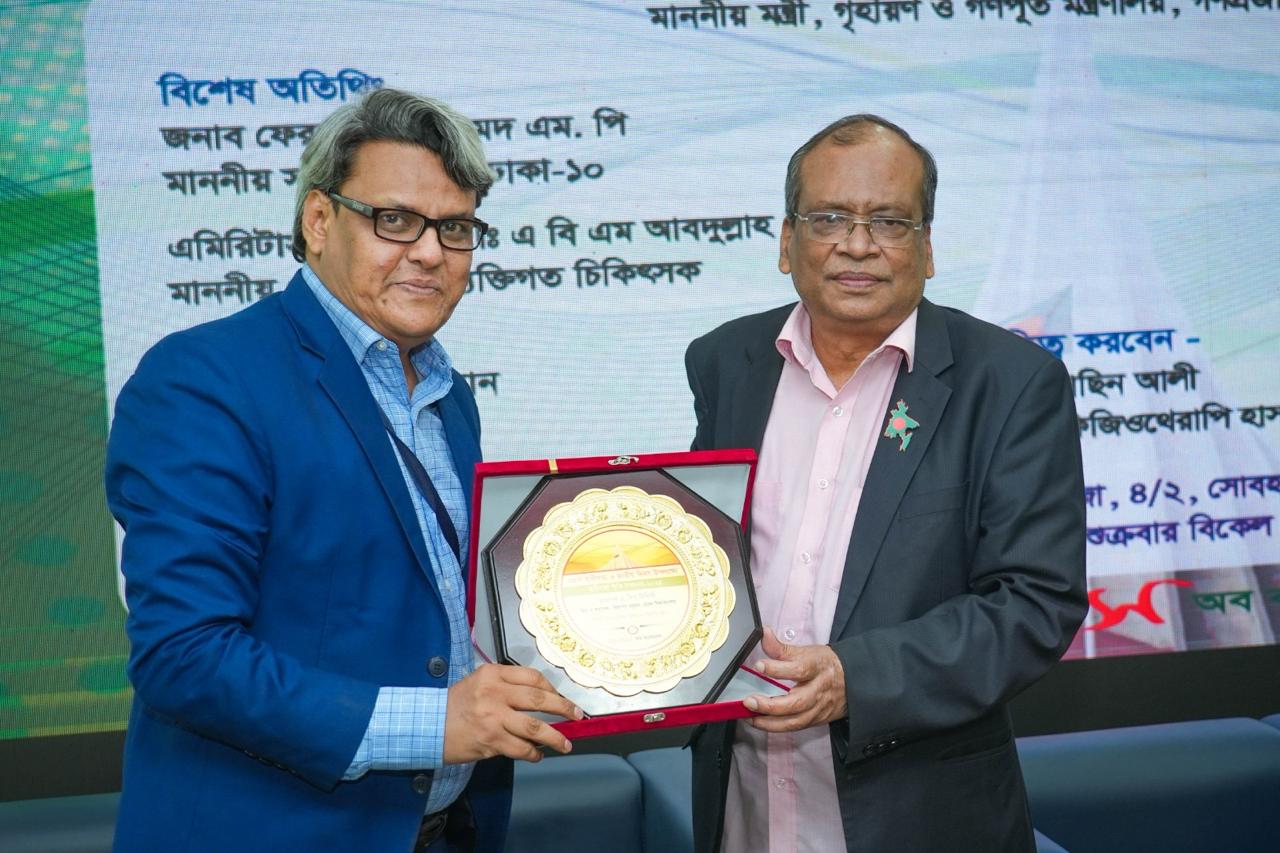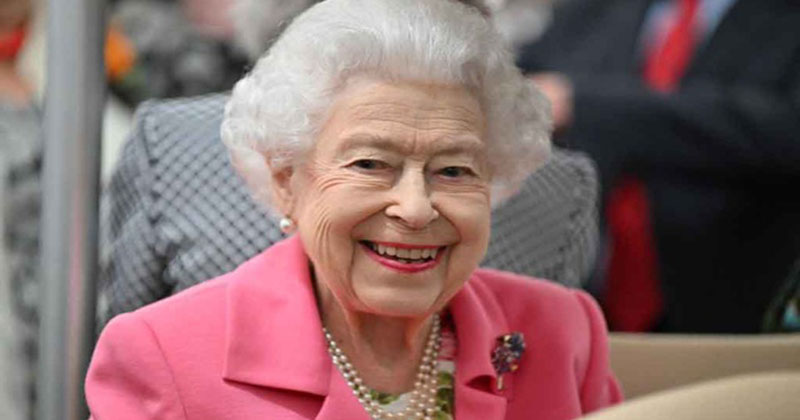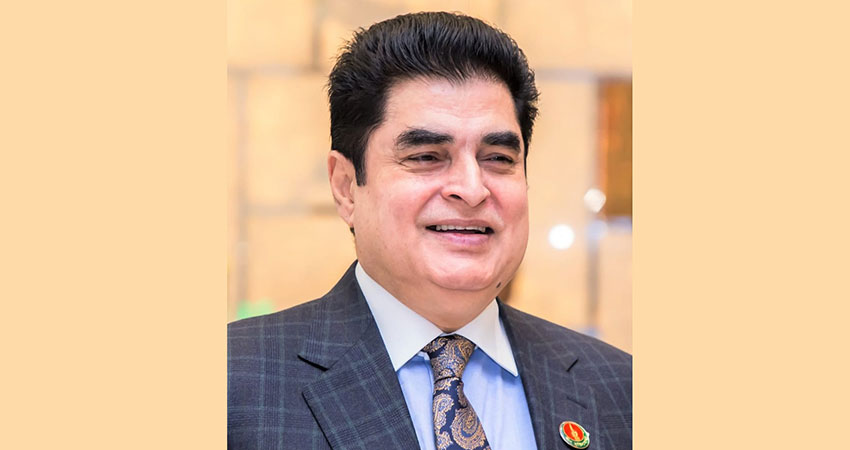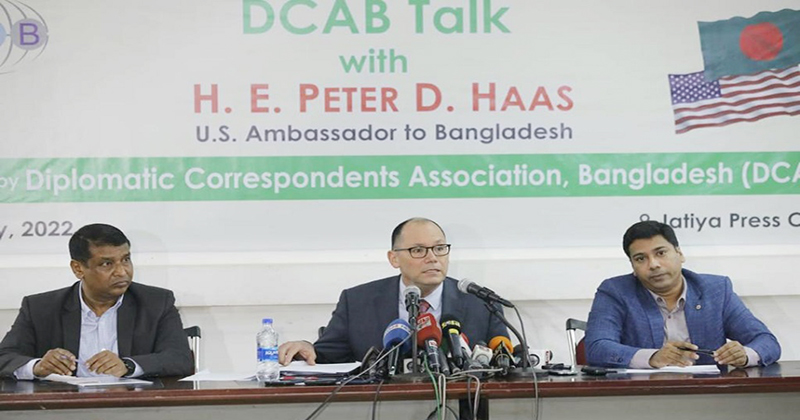Some 35.5 million children in Bangladesh have lead in their blood. In Dhaka city alone, researchers found that 80% of children, including 24-48-month-olds, had blood lead levels above 5 micrograms, double the level set by the US CDC.
In our country, the major sources of lead exposure are used lead-acid battery (ULAB) recycling, turmeric adulteration and paints. More than 1,100 informal ULAB sites have been identified in Bangladesh. Lead has also been found in the blood of pregnant women.
The negative effects of lead poisoning are far greater for children than adults, and the damage is irreversible. Childhood lead poisoning can lead to lower IQ, attention deficits, poor academic performance, and is linked to violent behaviour later in life.
To save mothers and children from further contamination, experts have asked the authorities concerned to strengthen and implement government policies for setting up industries and factories.
The demands were raised at the National Seminar, titled "Lead Poisoning in Bangladesh: Research Evidence for Urgent Action", organized at Pan Pacific Sonargaon Hotel in Dhaka on Tuesday.
Minister of Environment, Forest and Climate Change Shahab Uddin, chief of the Directorate General of Health Services Prof Abul Bashar Mohammed Kurshid Alam, Unicef HQ Health Specialist Desiree Raquel Narvaez, Unicef Representative to Bangladesh Sheldon Yett and Unicef Bangladesh Health Manager Chandra Segarar Soloman spoke at the event as guests.
Grim picture
The research was conducted among 500 children aged 24-48 months in Dhaka city this year by the icddr,b. The report says all the children were poisoned by lead and 80% of them had blood lead levels of more than 5 micrograms per deciliter. The US CDC-recommended level is 3.5 micrograms.
The study was conducted from July to September on both ULAB and non-ULAB sites in four divisions -- Khulna, Tangail, Sylhet and Patuakhali. High blood lead levels were found in all the 980 study children who were under 18 years. Some 531 of them are boys.
According to experts, poverty is one of the reasons for high blood lead in boys. As a result of poverty, boys work in these factories for low wages.
Earlier, high levels of lead were found in children's toys, local paints, aluminium and ceramic cookware, pigments, sweets, etc, in Dhaka, Khulna, Barisal and Rajshahi divisions from December 2021 to September 2022.
Lead was also found in daily commodities such as powdered spices, aluminium pots, vegetables, rice, powdered spices and 96 out of 367 products. As a result, pregnant women and unborn children are also being exposed to lead.
‘It can be fixed'
Dr Mahfuzar Rahman, country director of Pure Earth Bangladesh, said: “Lead-acid batteries are a major source of lead poisoning, and we have also found lead in consumer products like turmeric and paint. To regulate sources and mitigate the lead pollution crisis, non-governmental organizations and agencies need to work together with the government.”
Unicef Bangladesh Representative Sheldon Yett said: “Our future generations will lose potential skills unless we address and solve this issue of lead poisoning. These are the situations we still can fix. We need to talk about investments we need to make for our children. We all need to make this investment for our future generation.”
Prof Mazharul Islam of the DGHS said: “These study findings show how severely our children are affected by lead. Our goal is to get attention on policy recommendations and intervention to solve this rising crisis.”
Robed Amin, a line director at the DGHS, said: “Considering the level of heavy metal in a human body, there is no safe level, but lead is everywhere: in toys, foods, cookware, water and soil. If a pregnant mother is exposed to lead, the child is likely to be destroyed before birth.”
Minister Shahab Uddin said: “Lead is like a silent killer and has become a great public health concern. We are constantly running mobile courts through the Department of Environment. Illegal factories harmful to the environment and public health are being evicted.
“I would request massive awareness on this issue from the media, non-government agencies and civil society so that, along with our policies, we all can act together to protect our children.”
The study recommends that further research be conducted to link blood lead levels, existing reference lab capacity for blood lead level (BLL) surveillance is strengthened as a routine monitoring system, and national policies and operational plan(s) of action are developed or reviewed to address lead exposure based on identified sources.
The other suggestions are launching national awareness campaigns to address lead exposure through various media channels, remediating toxic sites and reducing access to toxic hotspots, especially for children and pregnant women, investing more in training healthcare professionals to strengthen the diagnosis and management of childhood lead exposure, and enforcing legislation, regulation or mandatory technical standards targeting sources of lead to prevent future exposure.



















